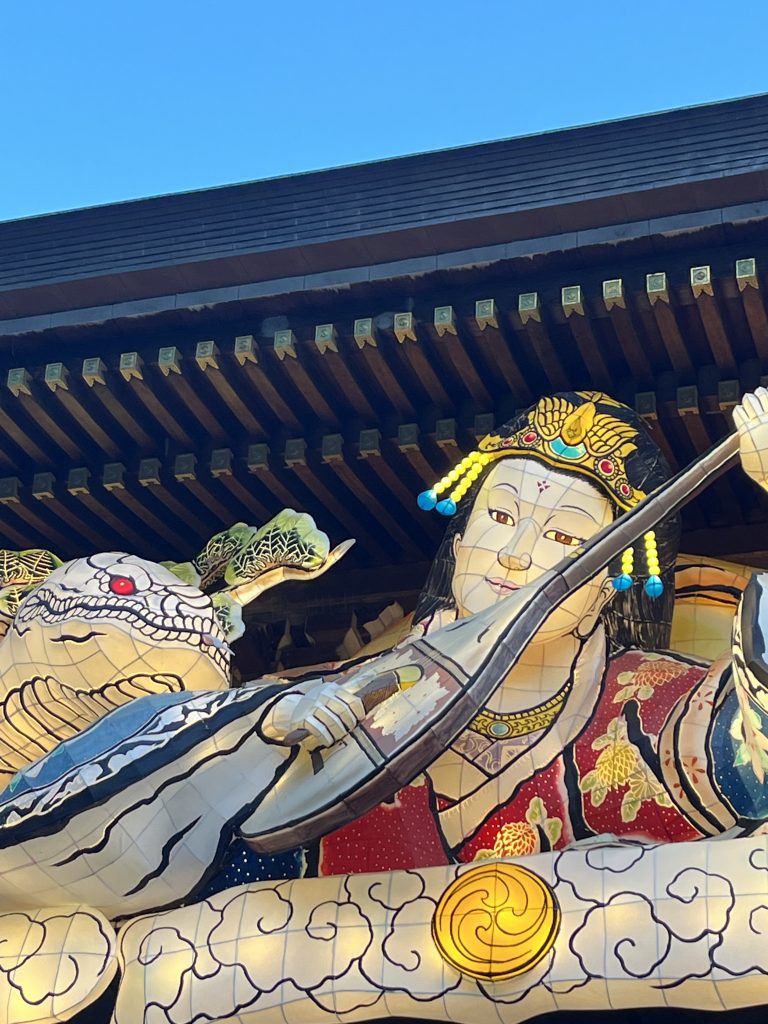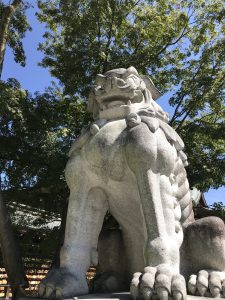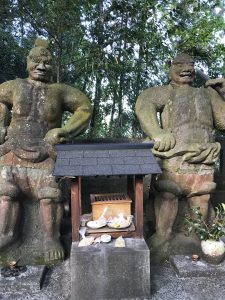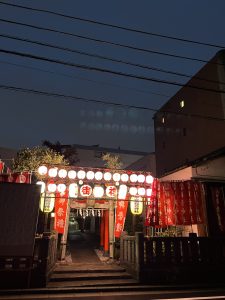Shrines and Temples: What’s the Difference, and Why Do Japanese People Visit Both?
Foreign visitors to Japan often find themselves wondering:
“Why do people go to a shrine for New Year’s, but have funerals at a temple?”
“What’s the difference between shrines and temples? Which religion do Japanese people actually follow?”
In response, many Japanese might say, “We go to both,” or “We don’t really think about religion.”
But behind that casual answer lies a unique history and cultural background specific to Japan.
What’s the Difference Between Shrines and Temples?
In simple terms:
- Shrines are facilities rooted in Japan’s indigenous belief system, Shinto. They are marked by torii gates, sacred ropes (shimenawa), and guardian lion-dogs (komainu). People visit to honor the kami (deities), make wishes, and express gratitude.
- Temples, on the other hand, are part of Buddhism, which came to Japan via China and Korea in the 6th century. Temples feature Buddha statues, monks, and chanting of sutras, and they are commonly associated with memorial services and funerals.
In short, shrines and temples are different in both origin and purpose.
But Japanese People Go to Both
A shrine for New Year’s, a temple for funerals, a Western-style chapel for weddings…
In Japan, people naturally switch between religious spaces depending on the situation.
This may seem contradictory or vague from the perspective of monotheistic religions.
But for most Japanese, it feels completely normal.
One major reason for this flexibility is a historical tradition known as Shinbutsu-shūgō—the fusion of Shinto and Buddhism that developed over many centuries.
Gods and Buddhas Were Once the Same?
Buddhism arrived in Japan in the 6th century. At first, it was treated as a foreign and unfamiliar faith. But over time, people began to think of Shinto deities and Buddhist figures not as rivals, but as companions working toward the same goal.
This led to a theory within Shinbutsu-shūgō known as Honji Suijaku.
According to this idea, Buddhas appear in the world in the form of Shinto kami in order to save people.
In other words, Shinto gods were seen as “local agents” or earthly manifestations of Buddhist deities.
Looking at it this way, Shinto deities are somewhat secondary—representatives of something greater.
And that’s exactly right: this idea was formulated from the Buddhist side. As Buddhism gained power through state sponsorship and the support of scholars and elites, it didn’t reject Shinto beliefs. Instead, it sought to legitimize them by incorporating them into a Buddhist worldview.
Examples of Shinbutsu-shūgō
Under this system, many Shinto deities came to be identified with Buddhist figures. For example:
- Benzaiten, a Buddhist goddess of water, music, and femininity, was associated with the Shinto deity Ichikishimahime.
- Daikokuten, a god of wealth in Buddhism, was merged with Ōkuninushi, a Shinto deity of nation-building and matchmaking, and became part of the popular Seven Lucky Gods.
- Dainichi Nyorai, the cosmic Buddha of esoteric Buddhism, was paired with Amaterasu, the Shinto sun goddess and mythical ancestor of Japan’s imperial line.
At first glance, these pairings may seem a bit forced. But instead of battling over which god was “correct,” the thinking was often simple and inclusive:
“This god and that Buddha seem similar—maybe they’re actually the same.”
There’s something charming in that flexibility. It’s not about domination or exclusion—it’s about linking what feels familiar and embracing it together.
Religion as Culture, Not Just Belief
Because of this history, religion in Japan is often less about belief and more about habit and culture—seasonal customs, family rituals, and everyday practices.
That’s why many Japanese identify as “non-religious,” yet still visit shrines and temples regularly.
Prayer is less about faith, and more about expressing gratitude, finding peace, or simply carrying on tradition.
Religion in Japan is woven into daily life—not as dogma, but as a cultural rhythm.






